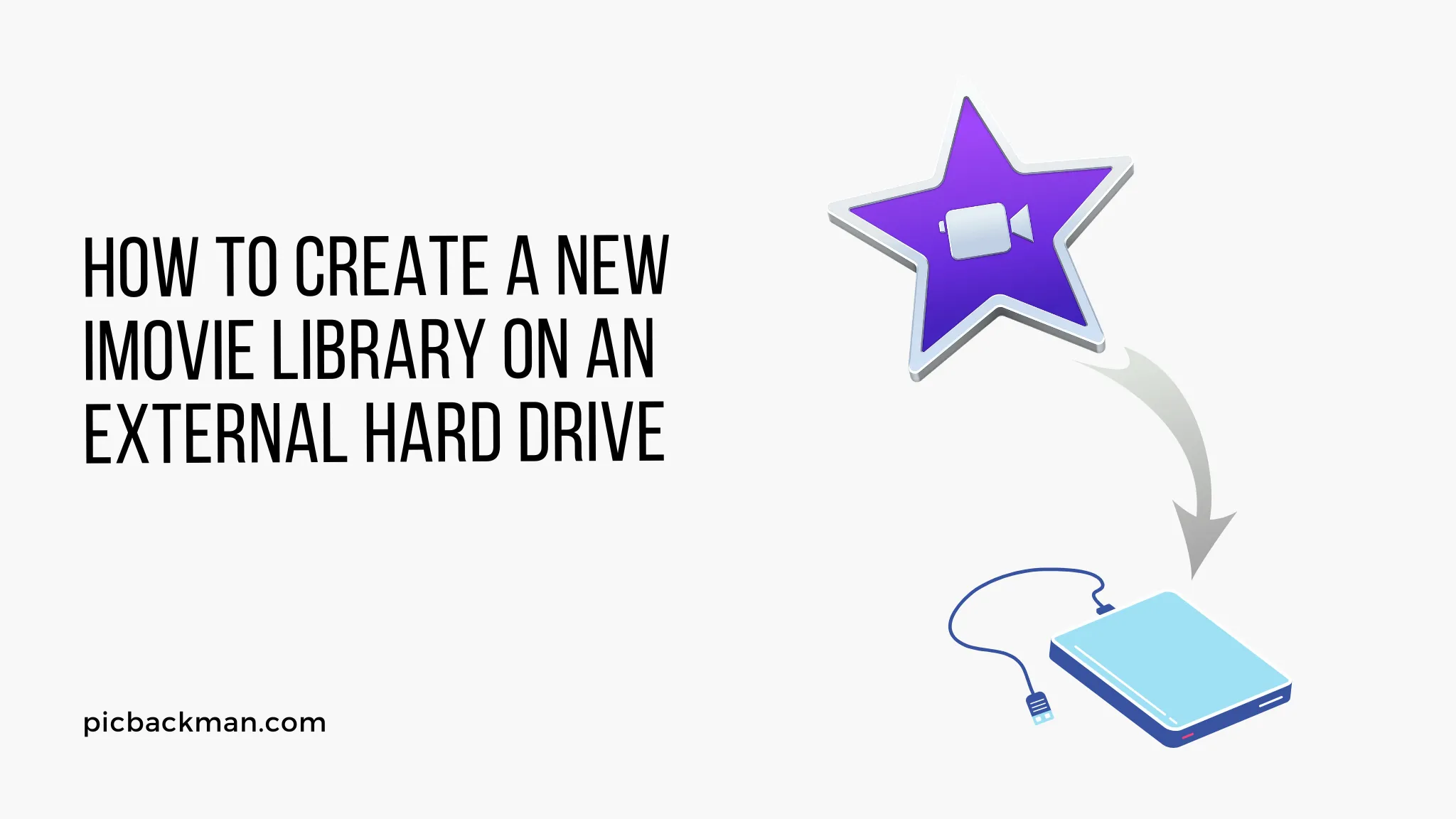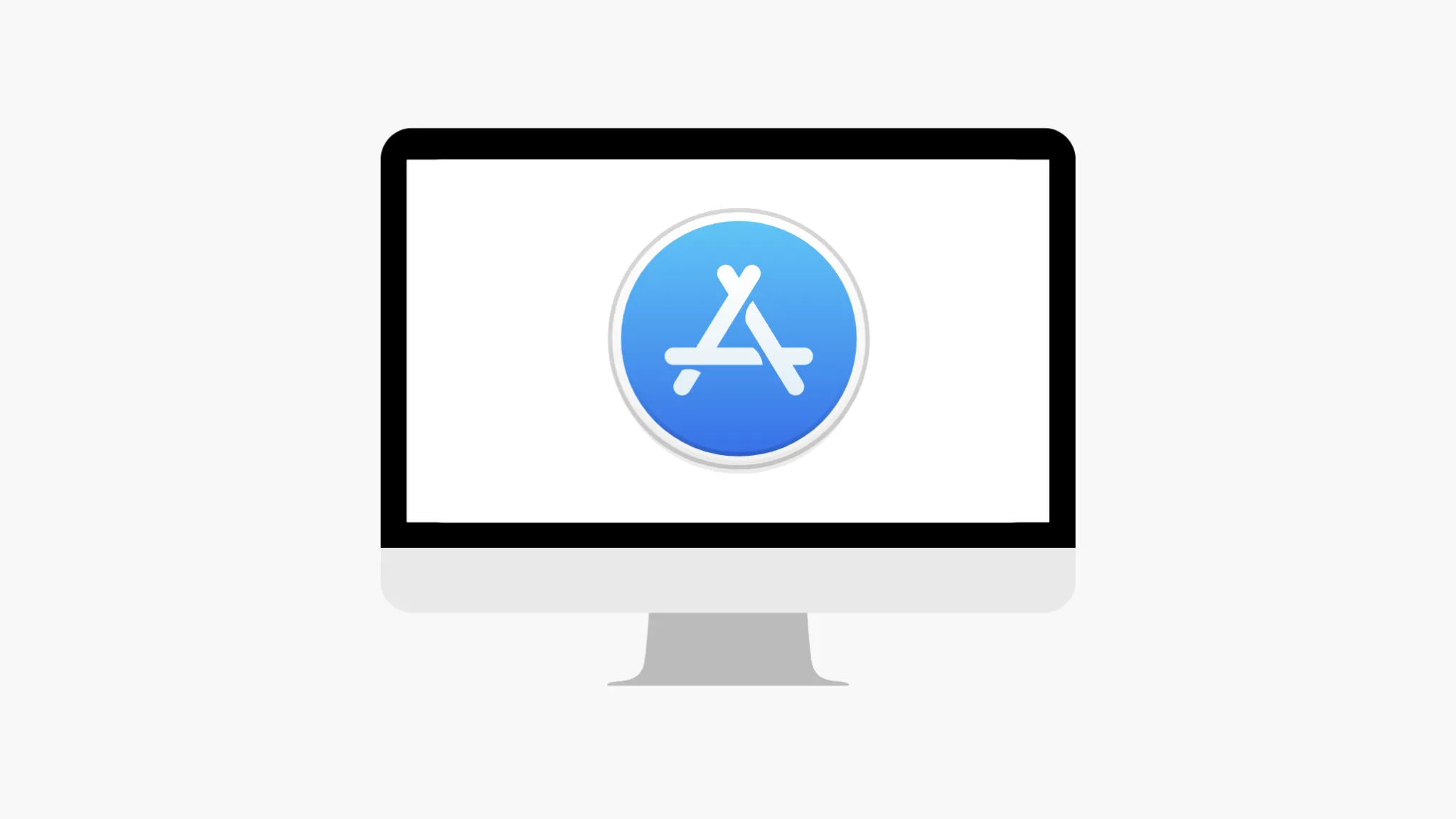
How to Create New iMovie Library on External Hard Drive?


If you are an avid video editor using iMovie on your Mac, you might have experienced the need for additional space to store your video projects and media files. With iMovie's extensive capabilities, creating videos can quickly consume disk space, leading to performance issues on your Mac. To overcome this challenge, it's essential to learn how to create a new iMovie library on an external hard drive. This article will guide you through the step-by-step process of setting up a new iMovie library on an external drive, ensuring efficient storage management and smooth video editing experiences.
Preparing the External Hard Drive
Before diving into the iMovie library creation process, you must ensure you have a compatible external hard drive. For Mac users, it's crucial to choose a drive with the appropriate format to ensure seamless integration with iMovie. Start by selecting a reliable external hard drive with sufficient capacity to accommodate your video projects.
Next, format the chosen hard drive to be compatible with your Mac. To do this, connect the drive to your Mac, and then follow these steps:
- Open "Disk Utility" from the "Applications/Utilities" folder.
- Select the external hard drive from the list of available drives on the left-hand side.
- Click on the "Erase" button from the top toolbar.
- Choose "Mac OS Extended (Journaled)" as the format.
- Provide a name for the hard drive, if prompted.
- Click on "Erase" to begin the formatting process.
Once the formatting is complete, you have a suitable external hard drive ready to host your new iMovie library.
Installing iMovie on Your Mac
If you already have iMovie installed on your Mac, you can skip this step. Otherwise, follow these simple steps to get iMovie up and running:
- Open the "App Store" on your Mac.

- Search for "iMovie" using the search bar.
- Click on the "Get" button to download and install iMovie.
- Once installed, open iMovie and complete the initial setup.
With iMovie installed and set up, you're now ready to create a new iMovie library on your external hard drive.
Creating a New iMovie Library
iMovie stores your projects and media files within libraries. By default, iMovie places your libraries on your Mac's internal storage. However, we want to create a new library on the external hard drive. Follow these steps to achieve this:
- Launch iMovie on your Mac.

- From the menu bar, click on "File" and select "New Library."
- In the dialog box, select the external hard drive as the destination for your new library.
- Name the library appropriately, such as "iMovie Library External," and choose a location on the hard drive.
Once you click "Save," iMovie will create the new library on your external hard drive, and all new projects will be stored there.
Choosing the External Hard Drive Location
When selecting the location for your iMovie library on the external hard drive, it's advisable to create a dedicated folder to keep things organized. By doing so, you can easily manage and back up your iMovie projects. For example:
- Create a folder named "iMovie Libraries" on the external hard drive.
- Within this folder, create a sub-folder with a descriptive name for your current iMovie library, e.g., "SummerVacation2023."
By organizing your libraries this way, you can easily differentiate between various projects and find them when needed.
Migrating Existing Libraries (Optional)
If you already have iMovie libraries on your Mac's internal storage and want to save space by moving them to the external hard drive, follow these optional steps:
- Close iMovie and ensure your external hard drive is connected.
- Locate your existing iMovie library in the default location: "/Users/yourusername/Movies/iMovie Library."
- Copy the entire iMovie library folder to the new location on the external hard drive.
Note that moving an existing library to an external drive doesn't automatically delete it from the internal drive. If you're satisfied with the move and have verified that the library works correctly, you can manually delete the original library to free up space.
Organizing and Managing Libraries
With multiple iMovie libraries, it's crucial to keep them well-organized to facilitate easy access. Here are some tips for managing your libraries:
- Sort projects and events: Use descriptive names for your projects and events to quickly identify their contents.
- Backup libraries for safety: Regularly back up your iMovie libraries to an external location, ensuring you never lose your precious video projects.
Quick Tip to ensure your videos never go missing
Videos are precious memories and all of us never want to ever lose them to hard disk crashes or missing drives. PicBackMan is the easiest and simplest way to keep your videos safely backed up in one or more online accounts.
Simply download PicBackMan (it's free!), register your account, connect to your online store and tell PicBackMan where your videos are - PicBackMan does the rest, automatically. It bulk uploads all videos and keeps looking for new ones and uploads those too. You don't have to ever touch it.
Troubleshooting Common Issues
Occasionally, you might encounter issues while working with iMovie libraries on external hard drives. Here are some common problems and their solutions:
- Dealing with library access errors: If you experience access errors, ensure your external hard drive is properly connected and functioning. Additionally, check the drive's permissions to allow iMovie access.
- Optimizing library performance: If you notice performance issues, consider using a faster and more reliable external hard drive to improve read/write speeds.
Conclusion
Creating a new iMovie library on an external hard drive is a smart way to manage your video projects effectively and free up space on your Mac. By following the steps outlined in this article, you can seamlessly set up your new library and enjoy smoother video editing experiences. Take advantage of external storage solutions and unlock the full potential of iMovie for all your creative endeavors.
FAQs
How do I create a new folder in iMovie library?
Unfortunately, iMovie doesn't have a built-in feature to create folders within the library itself. However, you can organize your projects and media files on your Mac's file system by creating folders in the designated iMovie library location. Simply open Finder, navigate to the library location, and create new folders to keep your projects well-organized.
Can I move iMovie app to an external hard drive?
No, you cannot move the iMovie application itself to an external hard drive. iMovie needs to be installed on your Mac's internal storage for it to function correctly. However, you can create a new iMovie library on an external hard drive to store your projects and media files, freeing up space on your Mac.
What happens if I delete iMovie library from Mac?
If you delete an iMovie library from your Mac, all the projects and media files contained within that library will be permanently removed from your computer. It's essential to ensure you have a backup of the library on another drive before deleting it, as data recovery after deletion may be challenging.
Can I delete and redownload iMovie on Mac?
Yes, you can delete and redownload iMovie from the App Store on your Mac. If you encounter issues with iMovie or want to perform a fresh installation, follow these steps:
- Open "Launchpad" or search for "App Store" in Spotlight.
- Find iMovie in the app list and click and hold the icon until it starts shaking.
- Click the "X" button that appears on the icon to delete iMovie.
- Go to the App Store, search for iMovie, and click the "Get" button to redownload and install it.
Where do iMovie projects go when deleted?
When you delete a project within iMovie, it moves to the "Trash" section of the application. The project will remain in the "Trash" until you manually empty it. To permanently delete the project, right-click on it in the "Trash" and select "Delete from Trash."
How do I free up disk space on iMovie?
To free up disk space on iMovie, you can consider the following steps:
- Delete unnecessary projects and media files you no longer need.
- Move large iMovie libraries to an external hard drive to save space on your Mac's internal storage.
- Clear the iMovie "Trash" to permanently remove deleted projects and files from the application.
- Regularly back up your iMovie projects to an external drive and remove them from your Mac's storage.
Backup & Transfer your Photos in Minutes
Automate backup & migration of your photos & videos with support for all top services.
Trusted by users in 125+ countries.









